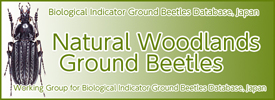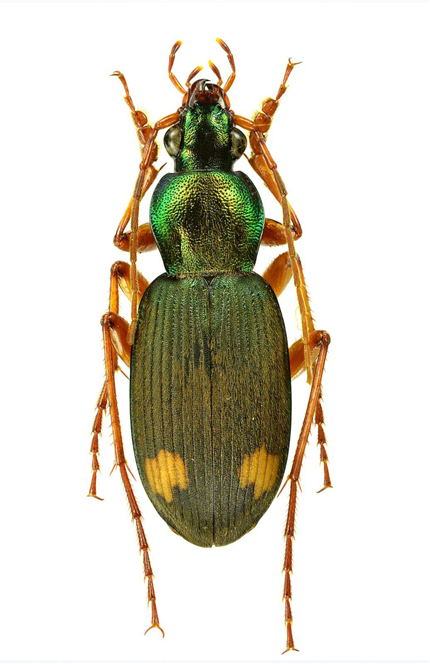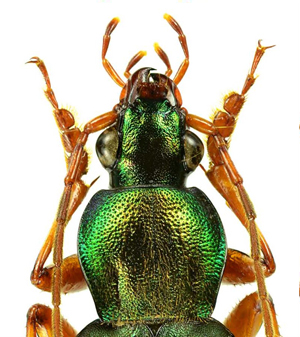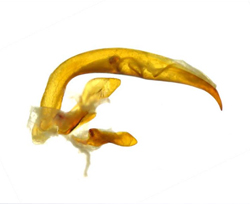| Ecology |
silvicolous (Ishitani 1996, Matsumoto 2008), hill (Suda 1980), plantation of Chamaecyparis obtusa (Tanaka 1981), Quercus serrata forest (Tanaka 1981), bank (Togashi 1986, Aono 1988), vineyard (Yano et al. 1989), forest adjoinig agroecosystems (Yahiro et al. 1990), riverbed (Ishitani et al. 1997), plantation of Chamaecyparis obtusa and Cryptomeria japonica (Tanaka 1991a, 1991b), coppice forest (Tanaka 1991a, Hosoda et al. 1996, Matsumoto 2005, Matsumoto 2008, Matsumoto 2009a), grassland along mountain trail (Tanaka 1991b), paddy field (Yahiro et al. 1992, Kagawa 2008, Lee et al. 2008), field of Setaria italica and Echinochloa esculenta (Togashi and Koh 1992c), forest edge (Sunose 1992, Sunose and Kurosawa 1992), fallow field (Sunose 1992, Sunose and Kurosawa 1992), secondary forest of Alnus sieboldiana (Ishitani 1996), secondary forest of Pinus densiflora (Ishitani 1996), riverbed (Ishitani 1996), fig orchard (Ishitani 1996), rape field (Ishitani 1996), cedar forests (Togashi and Sugie 1994, Hiramatsu 2004), beech forest (Hiramatsu 2004), grassland (Hiramatsu 2004, Suzuki and Sakuratani 2010), upland field (Hiramatsu 2004), vegetable field (Siddiquee and Nakamura 2004), field (Salah et al. 2004), broad leaved forest (Matsumoto 2005, Matsumoto 2008, Matsumoto 2009a), forest (Suttiprapan and Nakamura 2007), Satoyama forest (Lee and Ishii 2009a, Suzuki and Sakuratani 2010), larva (Ishitani 1996), summer (Tanaka 1981, Tanaka 1991a, 1991b), from April to June (Ishitani 1996), carnivorous (Ishitani 1996), larvae of Herpetogramma luctuosale (larva) (Tanaka 1991a), larvae of Archips fuscocupreanus (larva) (Tanaka 1991a), flying in night (Inoue 1952a), changing active time by existence of other large carabid beetles or not (Tanaka 1981, Tanaka 1991a), collected by light trapping (Aono 1988), hibernating in slope (Aono 1988), the females make the muddy cells and lay eggs into them, and these muddy cells are attached on the green stem etc. (Tanaka 1991a), living in the leaves curled by larval moths (Tanaka 1991a), more frequent in the forests which Sasa-bamboo thrived (Matsumoto 2008, Matsumoto 2009a), synovigenic type (Ishitani 1996) |
 |
| 






